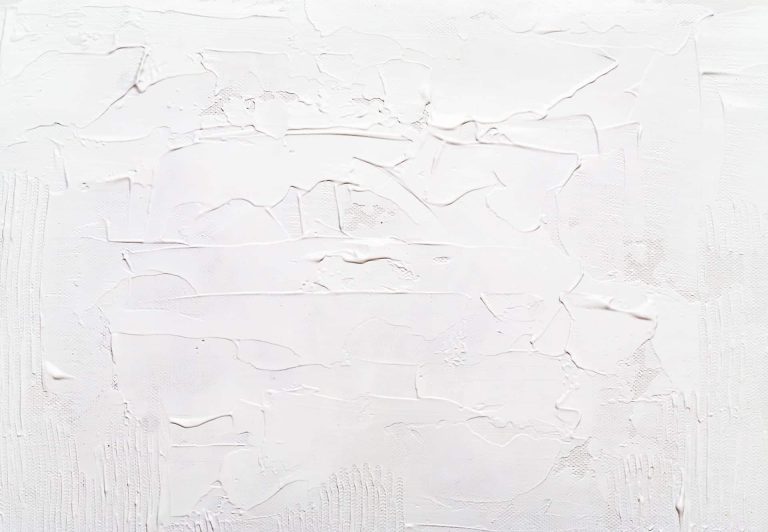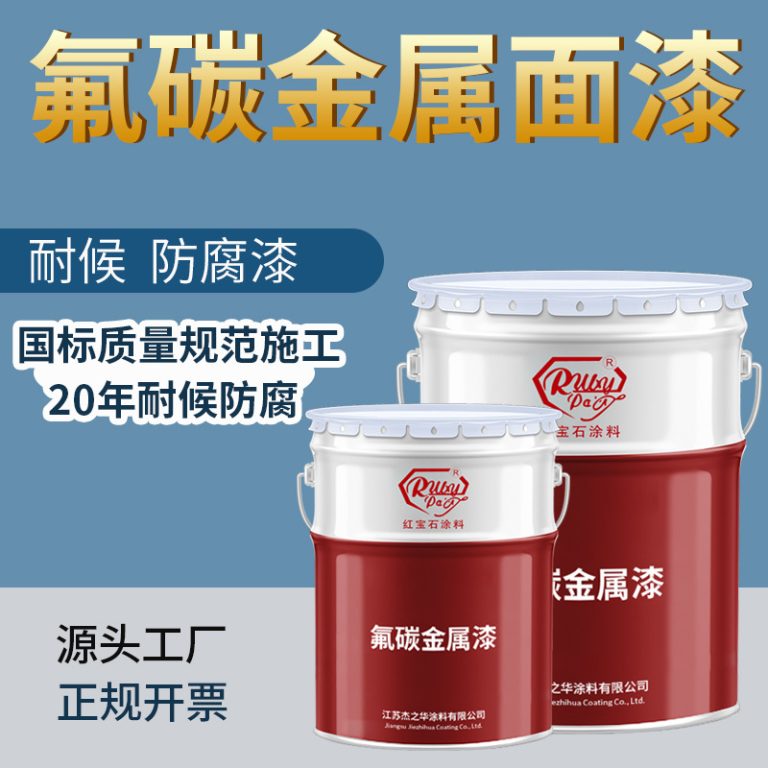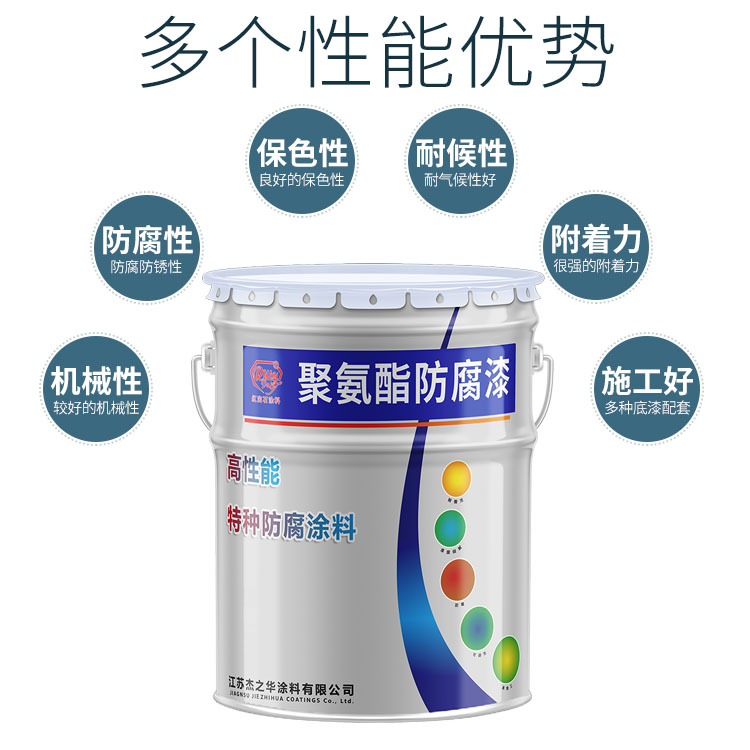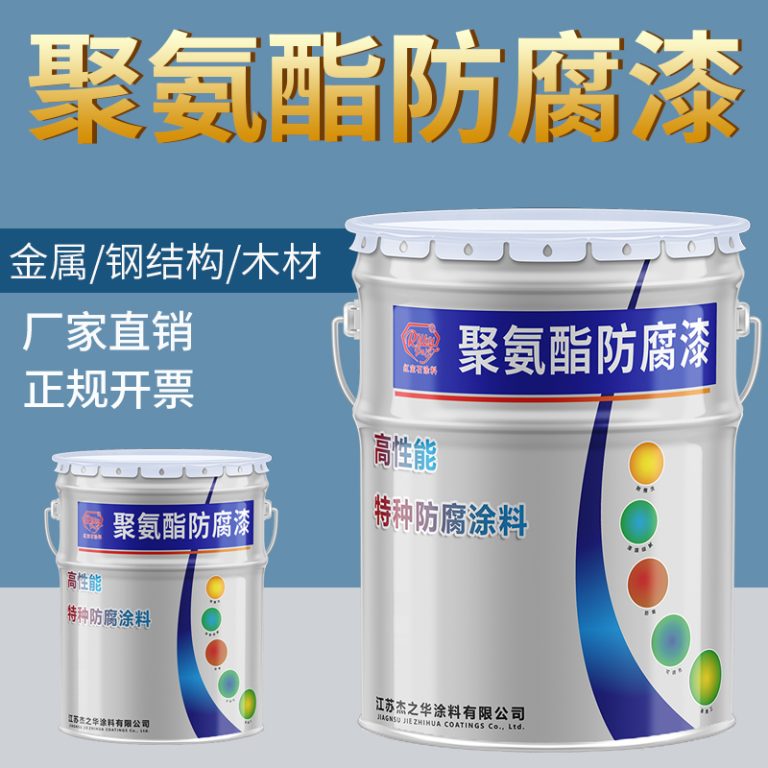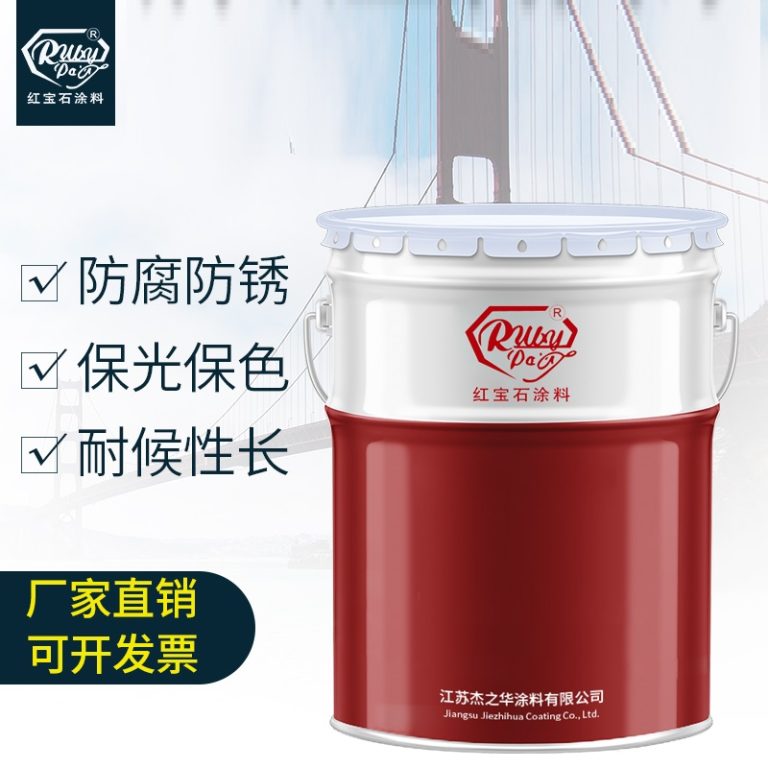It seems we can’t find what you’re looking for. Perhaps searching can help.
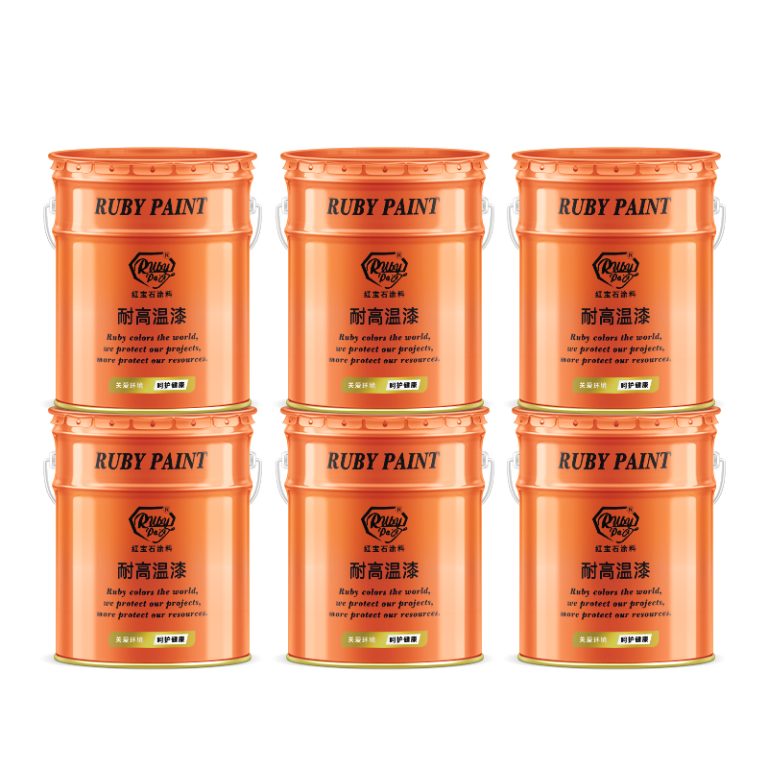
pvdf vs fluorocarbon
Properties and Applications of PVDF Coatings: A Comprehensive Guide Polyvinylidene fluoride (PVDF) coatings and fluorocarbon coatings are two popular options in the realm of protective surface treatments. While they share some similarities, they also possess distinct characteristics that make each suitable for different applications. Understanding the properties and applications of…

